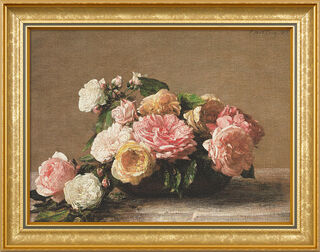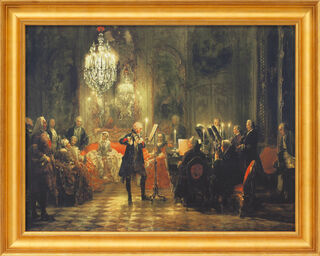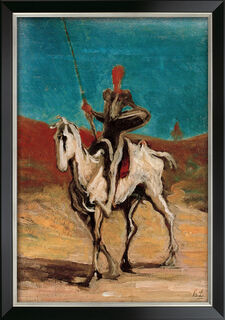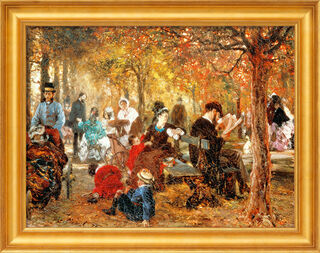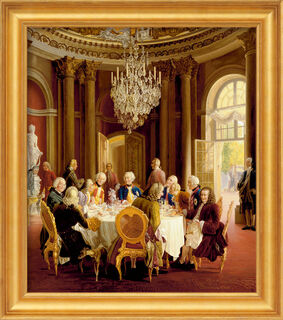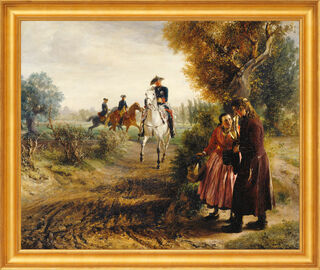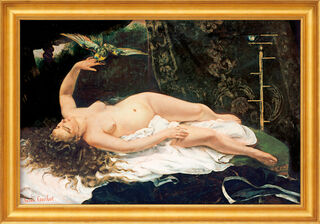Idealism / Realism
The Painting of Realism: Images of Reality
In the visual arts, the term Realism describes a style that developed in the middle of the 19th century. Realism art is regarded as a counter-current to Classicism and Romanticism, spreading across many European countries in the second half of the 19th century. Artists of Realism aimed not only for a representational approach but also proclaimed a totally new philosophy of art. They believed that works of art should represent reality as unadulterated as possible – including a social and political message. Important realist artists included Gustave Courbet, Jean-François Millet, Adolph von Menzel and Wilhelm Leibl. In the 20th and 21st centuries, artists repeatedly took up Realism giving rise to numerous variations like Pop Art, Socialist Realism, Nouveau Réalisme or Photorealism.
Realism Did Not Glorify or Embellish Anything
The way Realism artists depict their motifs is one of the most important characteristics. Realism emerged as a distinct departure from preceding epochs. Artists of Realism strove to be as close as possible to reality. No aspect of the depicted objects was to be glamorised. That also meant a great fidelity to detail, which underlined the demand for a realistic depiction. In this way, Realism clearly differed from Romanticism and Classicism, where an idealised and glorifying approach prevailed. By rejecting any embellishing style of painting, Realism accepted and even intended that the paintings sometimes depicted ugly or even supposedly very banal motifs and scenes. The artists of Realism did not want to contribute to transfiguration in their choice of colour palette either. They typically used muted colours, thus emphasising the objectivity of their works.
Back to Everyday Life: The Motifs of Realism Art
The artists of Realism saw their mission as reflecting social reality in their paintings as faithfully as they could. That applied not only to the objective painting style but also to the choice of motifs. One important characteristic of Realism was that it preferred to depict the everyday life of the bourgeoisie, as well as that of the rural population. Thus, the artists of Realism painted both high society and ordinary people at work in the fields or in the kitchen. Even pictures of animals and landscapes were painted in an almost documentary manner. Both historical paintings, which had been very popular for a long time, and the depiction of representatives of the nobility and clergy and of invented landscapes or situations were considered frowned upon by artists of Realism. The standard was always that a motif should correspond to the actual living world.
At ars mundi, you can discover and buy a selection of Realism artworks.

